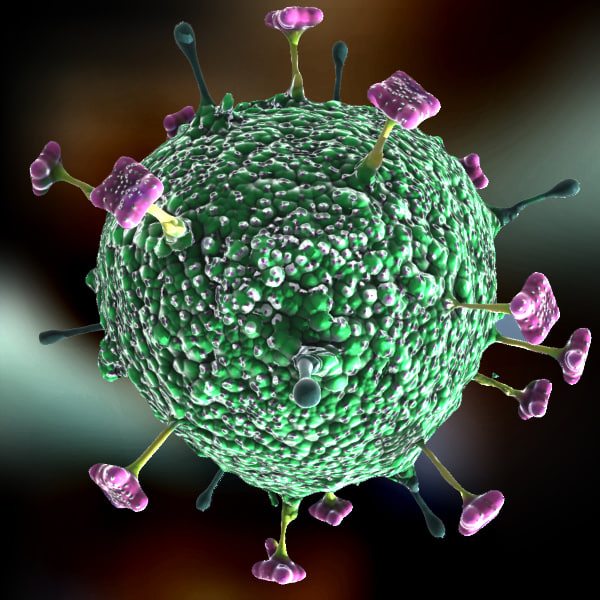Study Identifies Lung Cancer Pathways Using Big Data
Different “omics” diagnoses of cells offer insight into cell health and behaviour. Phosphoproteomic analysis has facilitated a lot of our existing understanding of cell signalling systems and eased drug growth. Less valued are the inputs of additional posttranslational modifications (PTMs).
Now, a team of scientists at the University of Montana led by cell biologist Mark Grimes integrated genomic, proteomic, phosphoproteomic, acetylomic, and methylomic information from lung cancer cells versus those in normal lung tissue and also researched different regulatory routines.
“Proteins modify each other in different ways inside cells to convey signals,” Grimes said. “The signals tell cells to divide, differentiate or die. Cancer is many diseases, and many types of cancer are caused by screwed up cell signaling mechanisms. This study defines these signaling pathways with greater precision and integrates pathways that use different protein modifications.”
The analysis looked at 45 distinct lung cancer cell types and compared their altered protein
s to normal lung tissue. To make sense of this massive number of information, complex pattern recognition methods- such as machine-learning calculations- were utilized, and patterns in protein alterations were united with protein interaction networks to identify cell signaling pathways in lung cancer cells.“Progress is made when people with different skills come together to tackle a hard problem,” he said. “It was gratifying to involve UM graduate and undergraduate students Lauren Foltz, Jeremiah Gaiser and William Cook, who each contributed uniquely to the project.”
Due to the complexity of the information, Grimes offers an analogy to get across the main points of the paper: “Cells are bags of proteins and other components like DNA. Different components are contained within intracellular compartments walled off by membranes. Imagine the cell as a house, and people within are proteins. Different groups of people spend more time in different places, depending on their jobs in the house. In the cell, proteins modify one another by attaching phosphate, methyl and acetyl groups, which is akin to people attaching different balloons to one another. The balloons attract particular people to come together, depending on which balloon is carried. This sends a signal to the people attracted to the balloon holder to move within the house and engage in some activity. For example, someone hands you a red balloon and you assemble a group of cooks to go to the kitchen and make a meal.
“We can represent the way people interact with one another in the house as a network. Most of the people in the house interact with many other people over the course of a year, so the network of interactions looks like a hairball, which is not very informative. We want to unravel the hairball, picking out pathways through the network that depend on who gets the balloons. This is where mathematical tricks and machine-learning algorithms come into play. These pattern-recognition techniques help us to identify clusters of people who get different balloons – clusters of proteins that become modified – in similar ways. We then look at interactions only among those clusters of people. In other words, the clusters are used to filter the interactions. This cluster-filtered network is a much simpler network, and informs us about signaling pathways specific to lung cancer cells.”
Grimes continues, “To take the analogy further, a tumor is like a house that turns itself into a large factory that uses up the community’s energy resources in a residential zone of single-family dwellings. Researchers are like detectives who examine the people holding three different types of balloons simultaneously in many different factories (tumor cell types). The detectives use this information to trace pathways of communications that are common when a house breaks the community rules.
“The cluster-filtered network identifies the bad guys and their collaborators so we have a better idea who should be arrested by law enforcement to stop the house from expanding in the wrong neighborhood,” Grimes said. “In other words, this study gives us a better idea which proteins to target with drugs to arrest different types of lung cancer.”






























